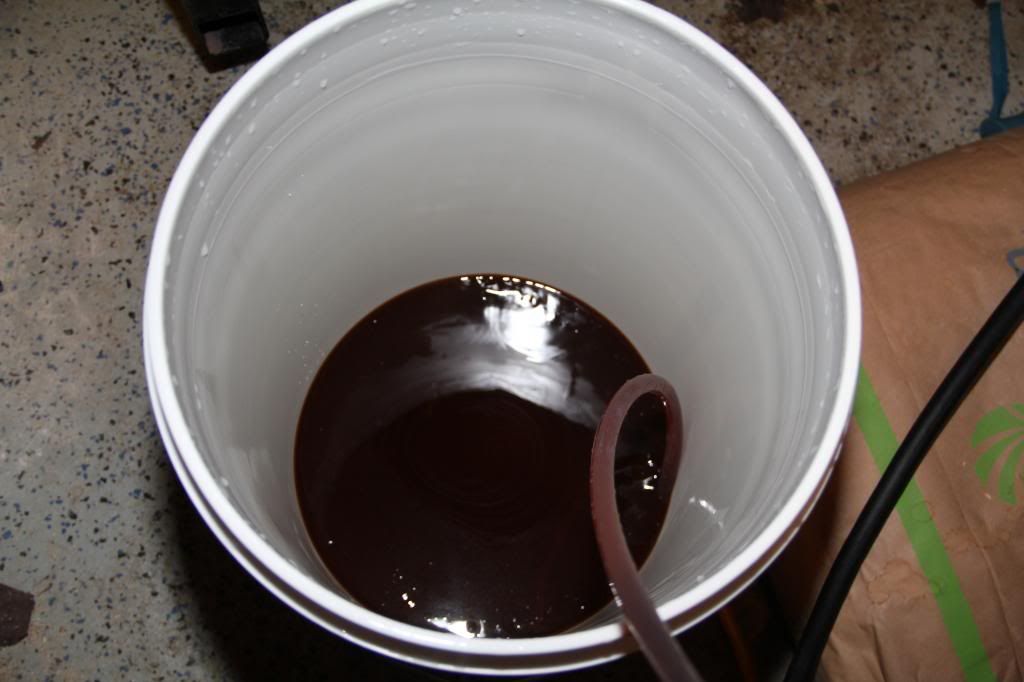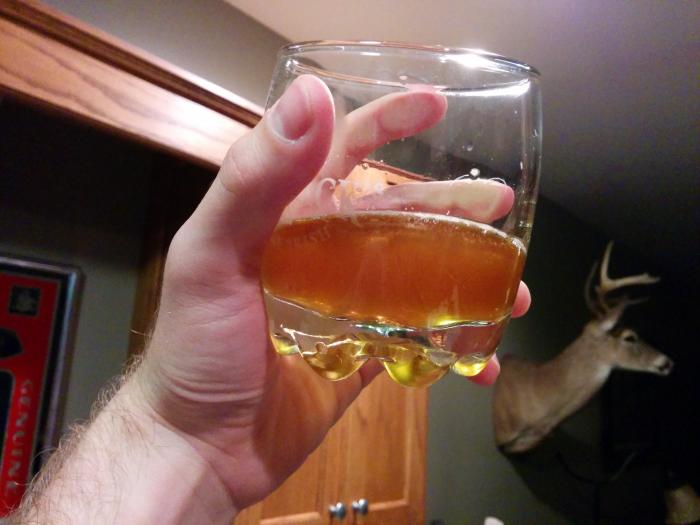CSI - CandiSyrup
Well-Known Member
Might not hurt to step it again to grow a tad more yeast. You can get away with some under pitching but you'll pay the price in frustration troubleshooting and fixing a stuck fermentation if you under pitch too much. My first attempt got stuck at 1.032 because my starter was too small and I had to grow another from the krausen to get it going again but it took a bit to finish because of the stall.
We've gotten into the same habit too. I know this is a little over the edge but if a vial of Westmalle is more than a couple of months past BUB date I run a "starter-starter" feed it with two periodic shots of O2 and harvest the blow-off krausen for a fresh run. The yeast looks like a light beige snow when its fresh. Starters from this harvested top-crop complete high krausen in about 12 hours. Some very high powered Westmalle.


















































![Craft A Brew - Safale BE-256 Yeast - Fermentis - Belgian Ale Dry Yeast - For Belgian & Strong Ales - Ingredients for Home Brewing - Beer Making Supplies - [3 Pack]](https://m.media-amazon.com/images/I/51bcKEwQmWL._SL500_.jpg)












